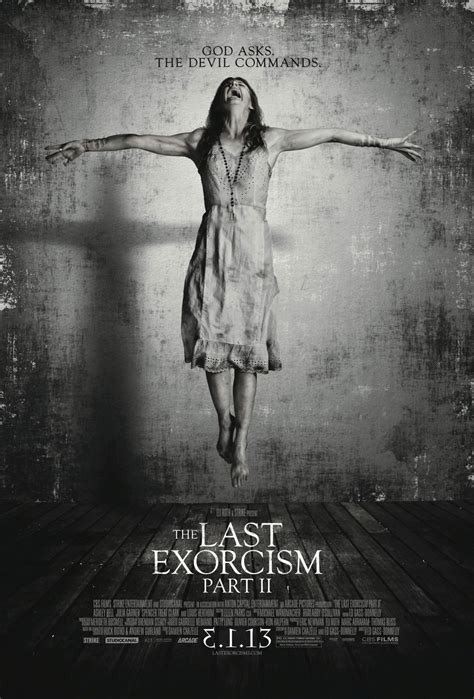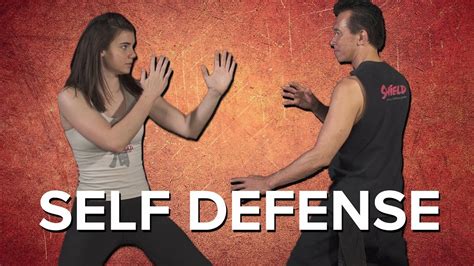The sequel to the found-footage horror film The Last Exorcism, released in 2010, The Last Exorcism Part 2, attempts to delve deeper into the story of Nell Sweetzer, the young woman who was allegedly possessed by a demon in the first film. Directed by Ed Gass-Donnelly and written by Damien Chazelle and Ed Gass-Donnelly, the movie takes a different approach from its predecessor, abandoning the found-footage style in favor of a more traditional narrative approach.
The film picks up where the first one left off, with Nell (Ashley Bell) escaping from the cult that had taken her in and attempting to start a new life in New Orleans. However, it soon becomes clear that the demon that had possessed her is still very much present, and Nell begins to experience strange and terrifying occurrences. As the story unfolds, Nell becomes increasingly entangled in a web of supernatural events, and it becomes clear that the demon’s influence is far from diminished.
One of the most significant challenges faced by The Last Exorcism Part 2 is the task of living up to the standard set by its predecessor. The first film was widely praised for its original take on the exorcism genre, and its found-footage style added a sense of realism and immediacy to the proceedings. In contrast, the sequel’s more traditional approach can feel somewhat formulaic and lacking in surprises. The film’s attempts to expand on the mythology of the first movie, particularly with regards to the cult and the demon’s origins, feel somewhat half-baked and underdeveloped.
Despite these challenges, The Last Exorcism Part 2 does have some effective moments of horror, particularly in its depiction of Nell’s gradual descent into madness. Ashley Bell’s performance is once again a highlight, bringing a sense of vulnerability and desperation to the role of Nell. The film’s use of creepy atmospherics and unsettling sound design also helps to create a sense of unease and tension, particularly in the film’s more intense moments.
In terms of its place within the horror genre, The Last Exorcism Part 2 feels like a somewhat generic and unoriginal entry. The film’s reliance on familiar tropes and cliches, such as the “demon-possessed protagonist” and the “creepy cult,” feels like a rehashing of ideas that have been done before, and done better, in other films. The film’s attempts to subvert or play with these expectations are half-hearted at best, and the movie ultimately feels like a predictable and formulaic exercise in horror movie-making.
- Developed a more original and surprising plot, one that subverts or plays with the audience's expectations.
- Utilized a more effective and consistent tone, one that balances scares with suspense and tension.
- Expanded on the mythology of the first film in a more meaningful and satisfying way, rather than relying on half-baked ideas and underdeveloped concepts.
In conclusion, while The Last Exorcism Part 2 has some effective moments of horror and a strong performance from Ashley Bell, it ultimately feels like a disappointing and unoriginal sequel. The film’s abandonment of the found-footage style and its reliance on familiar tropes and cliches make it feel like a generic and predictable entry in the horror genre. With some more originality and creativity, the film could have been a more effective and satisfying horror movie.
What is the main plot of The Last Exorcism Part 2?
+The main plot of The Last Exorcism Part 2 follows Nell Sweetzer as she attempts to start a new life in New Orleans, but is still haunted by the demon that possessed her in the first film.
What is the biggest difference between The Last Exorcism Part 2 and the first film?
+The biggest difference between The Last Exorcism Part 2 and the first film is the abandonment of the found-footage style in favor of a more traditional narrative approach.
What are some common criticisms of The Last Exorcism Part 2?
+Some common criticisms of The Last Exorcism Part 2 include its lack of originality, its reliance on familiar tropes and cliches, and its inability to replicate the sense of surprise and immediacy of the first film.



